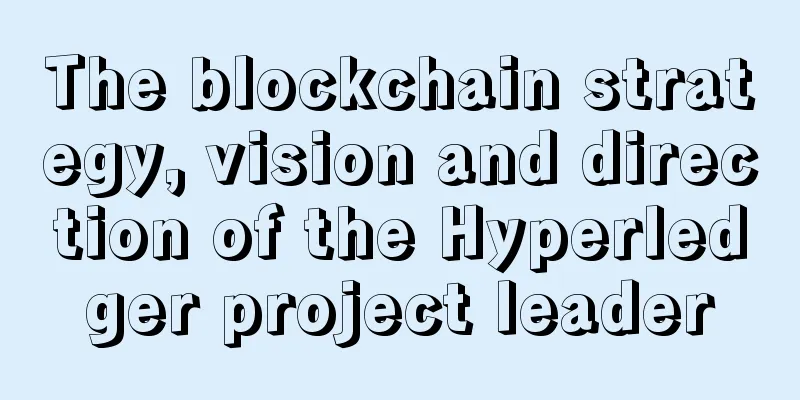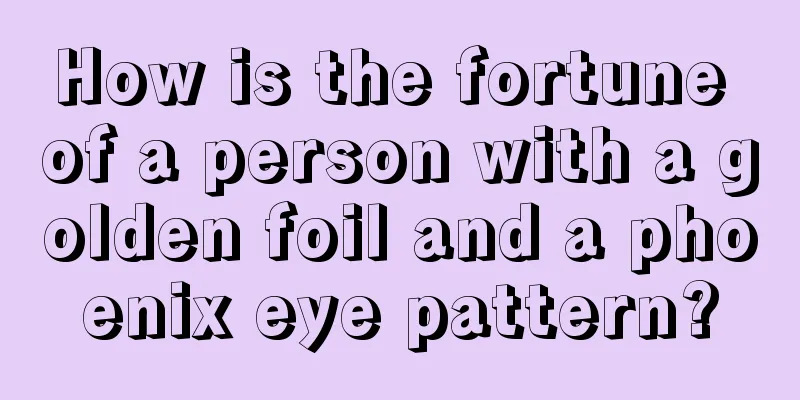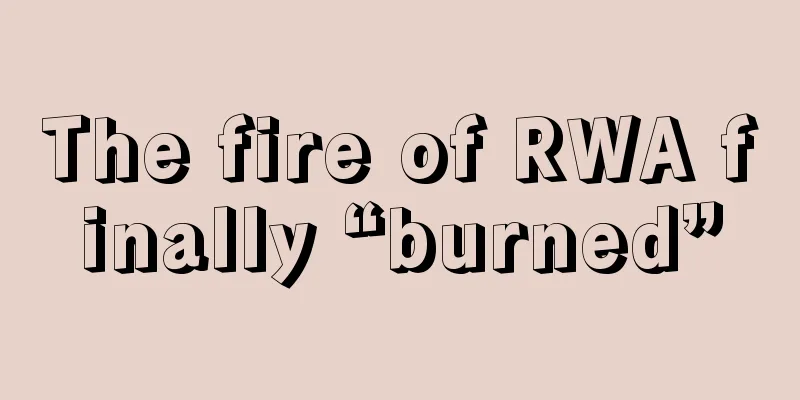The blockchain strategy, vision and direction of the Hyperledger project leader

|
Hyperledger, the Linux Foundation-led project that advances blockchain technology through collaborative cross-industry efforts, recently announced that 17 new organizations have joined them to help create an open distributed ledger standard for a new generation of transactional applications. The project's membership now exceeds 80, an increase of nearly 170% in the past six months. Brian Behlendorf, executive director of the Hyperledger project, said in an announcement of the new members:
Bitcoin Magazine reached out to Behlendorf to learn more about the project’s direction, vision, and strategy. Behlendorf said:
The Hyperledger Project is developing open-source technology for a new distributed ledger that will fork off from the bitcoin blockchain. Many prominent Hyperledger members, notably Accenture and Digital Asset Holdings CEO Blythe Masters, have voiced support for “permissioned” blockchains that offer the benefits of public blockchain-powered digital currencies; fast and cheap transactions permanently recorded on a shared ledger, without the cumbersome openness of the bitcoin network. This suggests that the Hyperledger Project in general may support permissioned blockchains , which, according to experts, may not be able to replicate the strong network effects of bitcoin. Behlendorf does not believe that Bitcoin will die or be replaced by permissioned blockchains . He commented:
At the same time, Behlendorf does not believe that permissioned blockchains can replicate the network effects of Bitcoin. He said:
However, Bitcoin's liberal early adopters continue to resist Bitcoin's move toward mainstream and regulated distributed ledgers. It is also possible that new blockchains with strong privacy (such as the upcoming Zcash) will fill the role Bitcoin originally played. So perhaps we are heading towards a dual blockchain system with a mainstream 'sanitized' banking blockchain and a secret blockchain for untraceable internet transfers. Behlendorf said: “I don’t think it’s going to unfold like this. We’re going to have many public chains and technologies (technically, I think Zcash looks pretty cool) and many private chains because there are so many different kinds of communities and use cases. It’s unrealistic to expect one blockchain to be everything to everyone. We should be asking ourselves how do we maximize reuse and code sharing between all the software that powers these blockchains. That’s what we hope to be able to do with the help of Hyperledger.” |
>>: The Bitcoin Transaction Capacity Problem — Why We Can’t Use Fancy Tricks to Avoid It
Recommend
Interpretation of female chin features
A person's chin not only affects his appearan...
How can a woman who is destined to marry a poor man marry a poor man?
Nowadays, people are very careful in choosing a s...
How is the fortune of people with the Chaichuanjin fate and Yin-Yang eyes? Analysis of Yin-Yang eyes
People with Yin-Yang eyes have one eye larger tha...
Wall Streeters Are Hoarding Bitcoin Despite Market Correction
Leading digital asset fund Grayscale continues to...
The history of Bitcoin halvings: What will happen based on hashrate?
Editor's note: This article comes from Cointe...
Can a handsome face make you rich?
People with delicate features are often very good...
How many buckets in your hand will ensure you have enough food and clothing?
Not to mention fine clothes and delicious food, j...
Palmistry of a Bad-Temperant Person
We have all had the experience of dealing with a ...
Crypto trading platform Coinpass has been approved by the UK Financial Conduct Authority to register as a crypto asset company
The CoinPass team is pleased to announce that we ...
Although he has food and entertainment every day, he actually looks very poor.
Some people always give people an illusion that t...
The price of mining machines has shrunk by 90% in half a year. If they cannot be sold, they are like scrap metal.
A few cents can crush a small miner. Since the se...
Palmistry signs of an unhappy marriage
If you want to know whether your final marriage l...
The strong rise in the risky market fully demonstrates the safe-haven properties?
Bitcoin prices soared sharply in the Asian sessio...
What is the double white eye?
What are two white eyes? What does two white eyes...
Is it good to have phoenix eye pattern on the thumb? What is phoenix eye pattern?
There are many lines on people's hands, and t...









